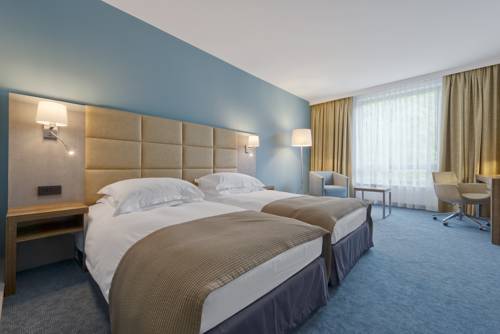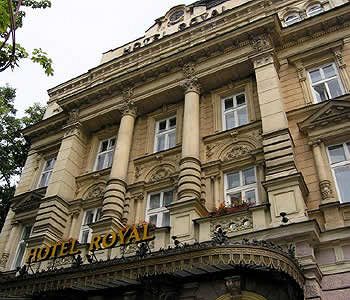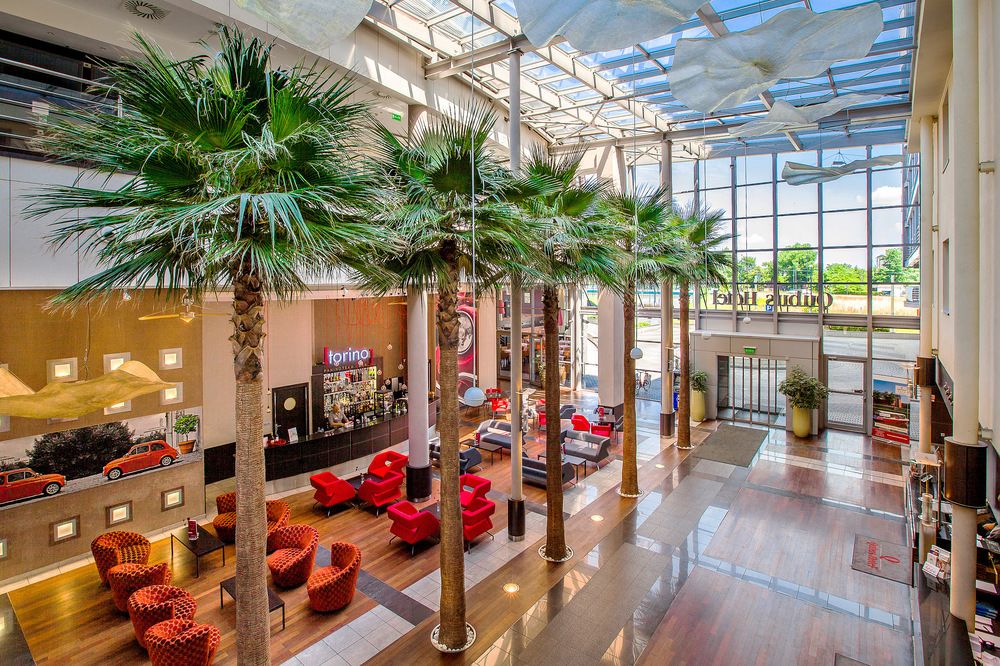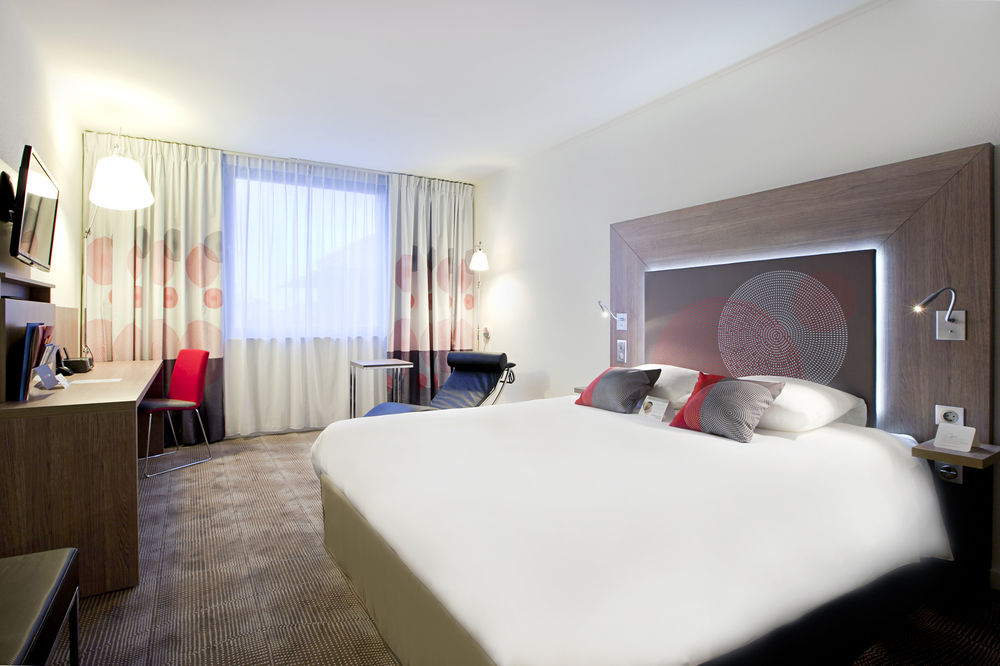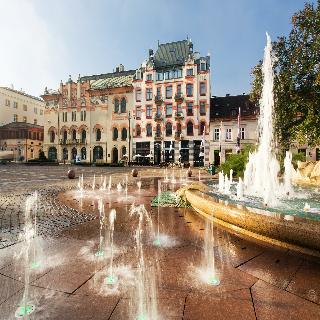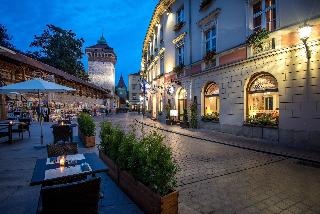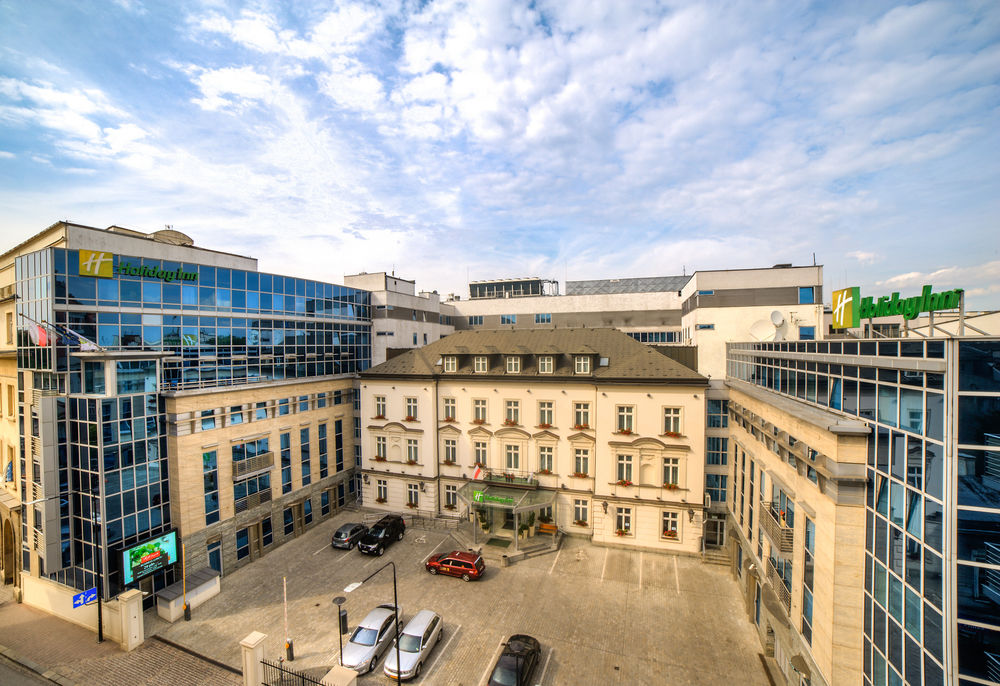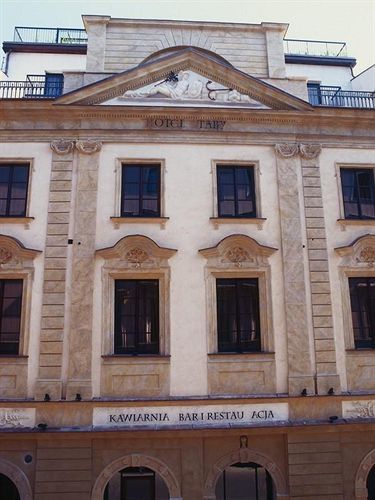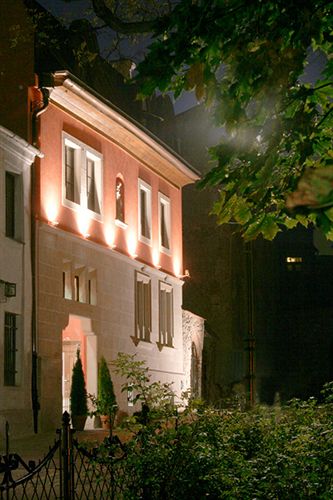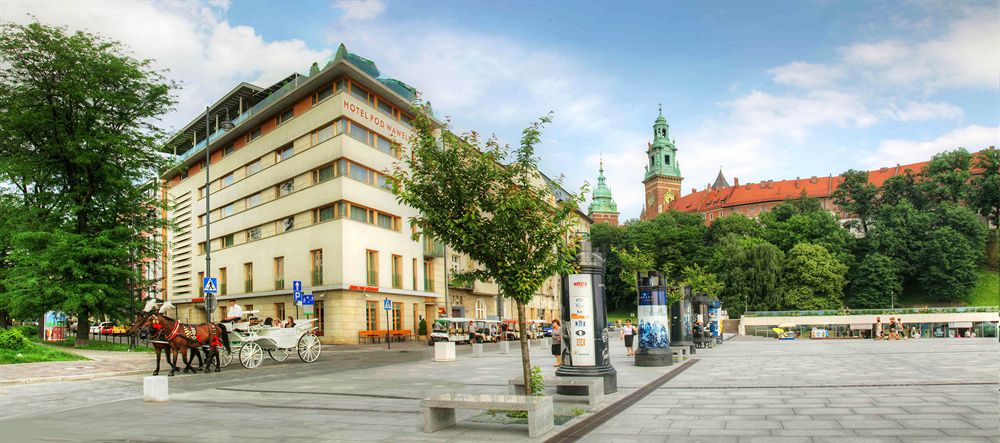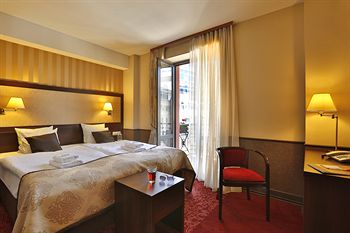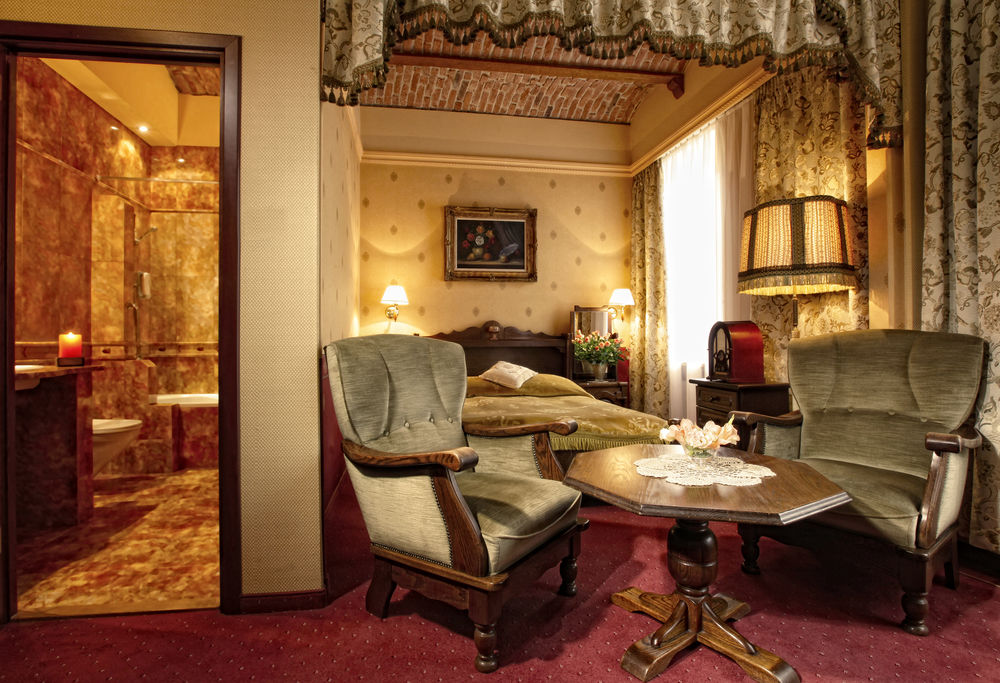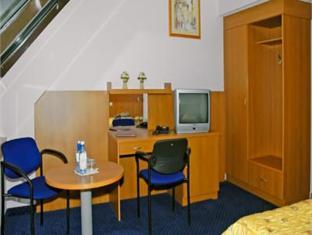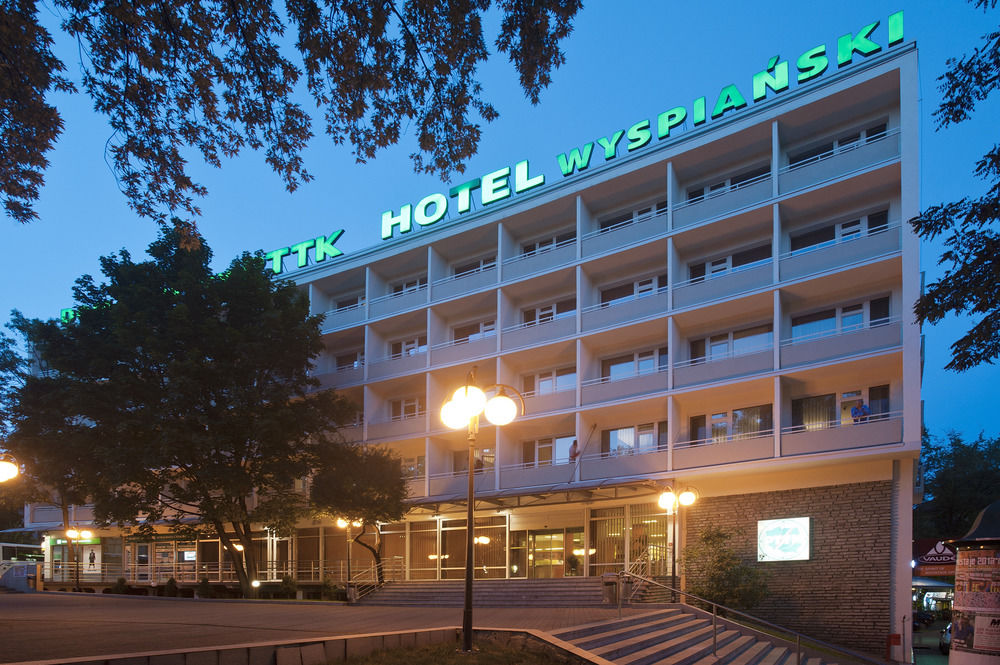
クラクフホテル検索結果
AIが見つけた軒のホテルの最安値をご覧ください。
ベストホテル
最安値のホテル
ホテル等級
AIおすすめ
クラクフベストホテル
クラクフ 最低価格のホテル
最高評価のホテル
クラクフにある5つ星ホテル
クラクフにある4つ星ホテル
クラクフにある3つ星ホテル
AIがおすすめする世界の旅行先
クラクフ近くのホテル情報
クラクフ 旅行に欠かせない情報
“The cutural city of Poland”
Kraków (UK: , US: ; Polish: [ˈkrakuf] ( listen)), also spelled Cracow or Krakow, is the second largest and one of the oldest cities in Poland. Situated on the Vistula River in the Lesser Poland region, the city dates back to the 7th century. Kraków was the official capital of Poland until 1596 and has traditionally been one of the leading centres of Polish academic, economic, cultural and artistic life. Cited as one of Europe's most beautiful cities, Its Old Town was declared a UNESCO World Heritage Site.
The city has grown from a Stone Age settlement to Poland's second most important city. It began as a hamlet on Wawel Hill and was already being reported as a busy trading centre of Slavonic Europe in 965. With the establishment of new universities and cultural venues at the emergence of the Second Polish Republic in 1918 and throughout the 20th century, Kraków reaffirmed its role as a major national academic and artistic centre. The city has a population of approximately 760,000, with approximately 8 million additional people living within a 100 km (62 mi) radius of its main square.After the invasion of Poland by the Nazi Regime at the start of World War II, the newly defined Distrikt Krakau (Kraków District) became the capital of Germany's General Government. The Jewish population of the city was forced into a walled zone known as the Kraków Ghetto, from which they were sent to German extermination camps such as the nearby Auschwitz never to return, and the Nazi concentration camps like Płaszów.In 1978, Karol Wojtyła, archbishop of Kraków, was elevated to the papacy as Pope John Paul II — the first Slavic pope ever, and the first non-Italian pope in 455 years. Also that year, UNESCO approved the first ever sites for its new World Heritage List, including the entire Old Town in inscribing Kraków's Historic Centre. Kraków is classified as a global city with the ranking of high sufficiency by GaWC. Its extensive cultural heritage across the epochs of Gothic, Renaissa
 時間 UTC+02
時間 UTC+02 通貨 PLN
通貨 PLN 言語 Polish
言語 PolishStaypiaだけの特別な特典
リアルタイムホテル最安値比較
AIが見つけたin クラクフの軒のホテルのリアルタイム最安値を簡単に比較検索できます。
316万軒のホテルを最安値で予約
最低価格に最大31%追加メンバーシップ割引でさらにお得にご予約いただけます。
自分だけの
AIがリアルタイムで更新するクラクフ旅行情報で便利に旅行を準備しましょう。
よくある質問
クラクフで最も人気のある5つ星ホテルはSheraton Grand Krakow, Radisson Blu Hotel Krakow, Holiday Inn Krakow City Centreです。 クラクフ 評価順にホテルを見る
一般的なホテルの場合、客室予約はキャンセル締切日前まで無料返金が可能です。キャンセル締切日以降は手数料が発生する場合がありますので、ホテルバウチャーまたはメニュー>マイ予約でキャンセル締切日をご確認ください。
ステピアでは、AIが収集した316万件のホテルの最安値はもちろん、会員限定の追加割引価格で人気ホテルを予約することができます。




